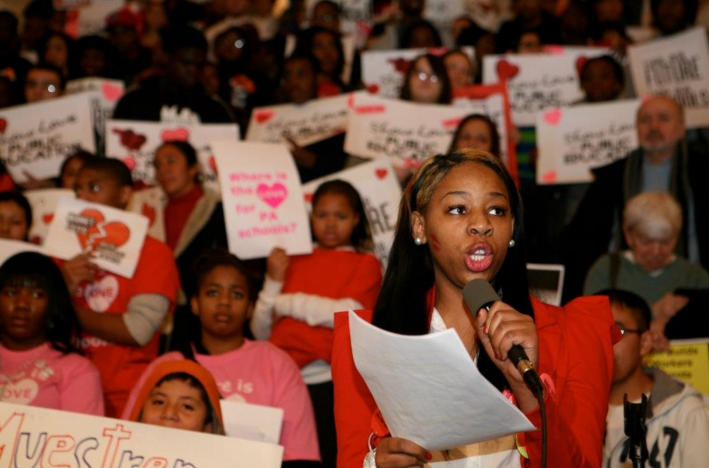Practioner-Oriented Articles
Synthesis:
Activism for teachers and for students is an attempt to claim space where the voices of students and teachers are most limited. In many districts across the country, the teacher’s union is the main source of teacher advocacy, but these articles present different perspectives of activism beyond the teacher’s unions. For transformation of the educational realm to occur, teachers and students who are most impacted by the injustice must be the ones to change the system. (Anyon, 2005) Two different practioner-oriented articles discuss why waiting on a system of oppression to change is too great a risk to take. The two articles are “Where y’all teachers at when we need you?”: Expectations of city public school teachers beyond the schoolhouse by Keith E. Benson, Ed.D and “Pin@y Educational Partnerships A Counter-Pipeline to Create Critical Educators” by Cubales Tintiangco,& Magbual Daus.
The first article focuses on the need for teachers to be within yet beyond the classroom when it comes to activism, because the student’s problems don’t stop nor start at the schoolhouse gate. In Camden, where Benson does this study, members of the community demand more from the teachers than their showing up to educate the children. The disparities in lifestyle and income are so drastic with the average student’s household earning about 25,000 dollars and the average teacher earning 61,000 dollar that one community member noted that the kids and the teachers divergent econonmic realities make it impossible for them to understand what is happening with their students (Benson, 2016). These wealthier teachers move out of the struggling neighborhoods they serve and thus never understand the many different angles of oppression and weights their kids walk into the classroom with everyday. The collective power of teachers is lost by their concentration outside the district. Benson argues that the community calls for teachers to go “above and beyond (Benson, 2016).” Teachers must be a part of the push back to legitimize injustice (Benson, 2016).
The second article focuses on the efforts of Pin@ay Education Partnerships (PEP) which create a counter pipeline to the school-to-prison one and makes teachers from the community. In a community where over 50% of the people in some schools identify as Filipina/o, they don’t have representation in the faculty (Tintiangco & Magbual Daus, 2010). PEP knows that they can help produce a teaching force that understand and works with are more likely to engage and to understand the students from marginalized backgrounds, which they think will make better teachers. It has. They have developed a curriculum focused on bringing forward forgotten identities, history, and culture: “Barangay Pedagogy” – the process of loving oneself helps to counter the “hegemonic narratives” often impressed upon by the public school system’s selective histories (Tintiangco & Magbual Daus, 2010).
According to these two articles, an education environment requires teachers to be involved in the everyday fights against injustice that kids face by marching when it matters and removing the Euro-centric worldview. Benson’s article advocates for teachers to march and to help the students by understanding their neighborhood and understanding the students’ struggle more intently. The latter article shows how an organization can prepare teachers to help remove the colonization of education mentality by infusing cultural relevance and finding people who can fill teaching roles as role models.
